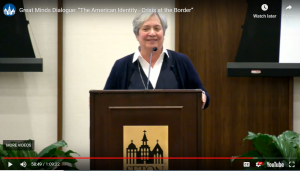 The “Great Minds Dialogues” is a series of lectures that complements Seton Hall University’s celebration of students who have shown great initiative in their studies and other activities, laying a foundation for a stellar future. The School of Diplomacy and International Relations relates the call for excellence to be completed by seeing leadership as service.
The “Great Minds Dialogues” is a series of lectures that complements Seton Hall University’s celebration of students who have shown great initiative in their studies and other activities, laying a foundation for a stellar future. The School of Diplomacy and International Relations relates the call for excellence to be completed by seeing leadership as service.
Within this series, Sister Norma Pimental addressed the “Crisis at the Border” on February 6th in Bethany Hall. Her qualifications and a video of her lecture can be found here. As Executive Director of Catholic Charities of the Rio Grande Valley, Sister Norma has led in the organization of this service of the Diocese of Brownsville, Texas.
Sister Norma could have presented data to show the accomplishments of her team in terms of efficiency and cost-effective use of resources. That would impress people celebrating “Great Minds.”
However, Sister Norma’s approach was anecdotal, describing the great effectiveness achieved when the heart is touched. Then the attitude of people “just doing their job” may be lifted to recognize the innate humanity of those depicted from afar as invasive hordes. Could Sister Norma be permitted to visit the children herded into prison cells? She asked to go into a cell to pray with the children. This simple act had the potential for the guards to see these children from a different angle. Did they recall the parable of the “least of my brothers and sisters” (Matthew 25:31-46)?
The opening prayer by Msgr. Anthony Ziccardi, Vice President for Mission and Ministry, places the challenge of our time in the proper prospective:
Almighty God,
long ago you commanded Abraham, our father in faith, to leave his homeland
and promised him and his descendants a new country.
You accompanied your elected people’s patriarchs in their migrations
and protected them in their wanderings.
You provided for them on their journeys
and in their long sojourn in a foreign land.
But suffering bitter oppression, they called out to you,
and you led them out of slavery with mighty hand and outstretched arm.
You settled them in the land of your promise
and commanded them both to fidelity and to welcome:
they were to remain true to their unity and identity as your people,
but they were are also to welcome the immigrant and the sojourner among them,
for thereby they would become a reflection of you in the world,
as Moses explained: “The Lord your God loves the alien,
giving him food and clothing. Love the alien, therefore;
for you yourselves were once aliens in the land of Egypt.” (Deuteronomy 10:18-19)
Having received from you the whole wide earth as its temporal habitation,
humankind remains through time both settled and on the move.
Whenever and wherever conflicts arise between residents and sojourners,
turn the minds of both to thoughts of peace
and move their arms to open wide in mutual embrace
in the assurance
that peace, not enmity, is your will for us
and in the conviction
that none of us has here an enduring homeland or fixed abode,
but that such is to be found only in heaven,
the place of our true citizenship,
that home of countless mansions prepared by Christ your Son
where we have all been invited,
as your children and as brothers and sisters of one another,
to sit with all patriarchs at your one abundant table in the eternal kingdom.
We pray through same Christ our Lord.
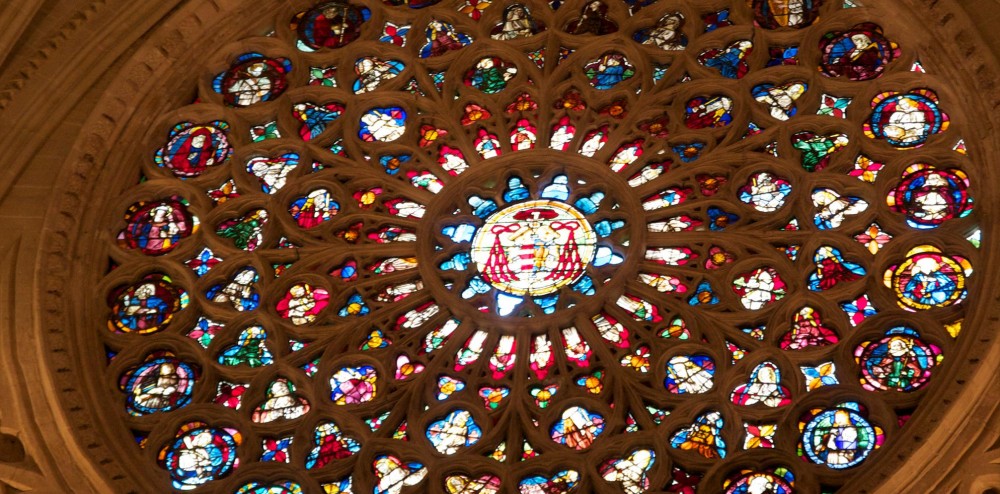
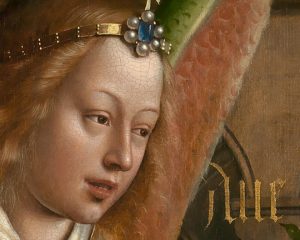
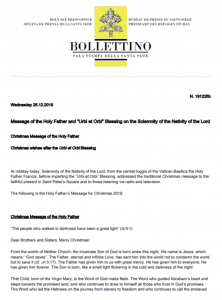

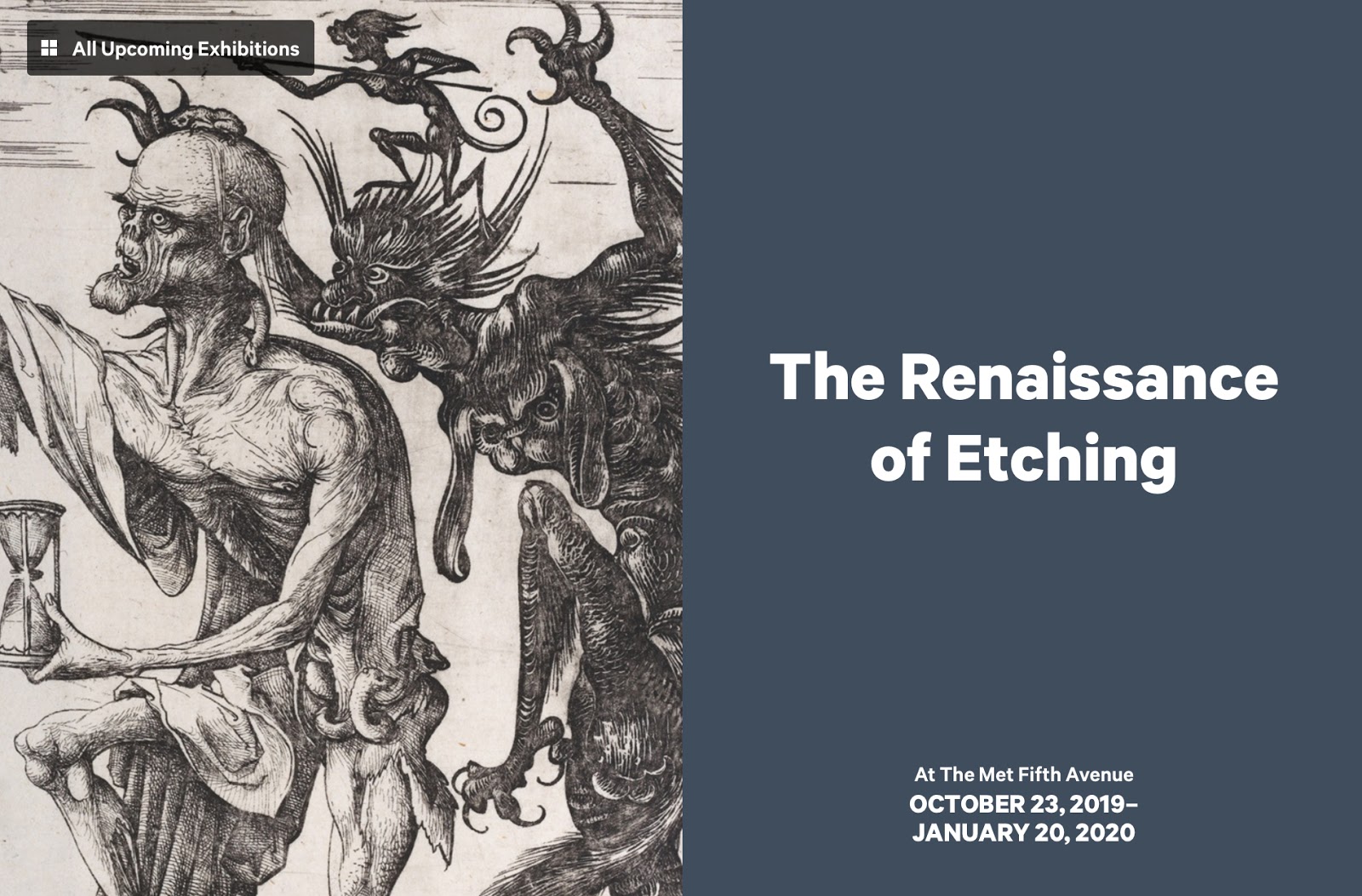 The paintings and sculptures of the Middle Ages and the Renaissance were shared widely when woodcuts or engravings reproduced these forms of art. In the Wall Street Journal, Barrymore Laurence Scherer presents an exhibit, “The Renaissance of Etching” at the Metropolitan Museum of Art until January 20, 2020. His essay,
The paintings and sculptures of the Middle Ages and the Renaissance were shared widely when woodcuts or engravings reproduced these forms of art. In the Wall Street Journal, Barrymore Laurence Scherer presents an exhibit, “The Renaissance of Etching” at the Metropolitan Museum of Art until January 20, 2020. His essay, 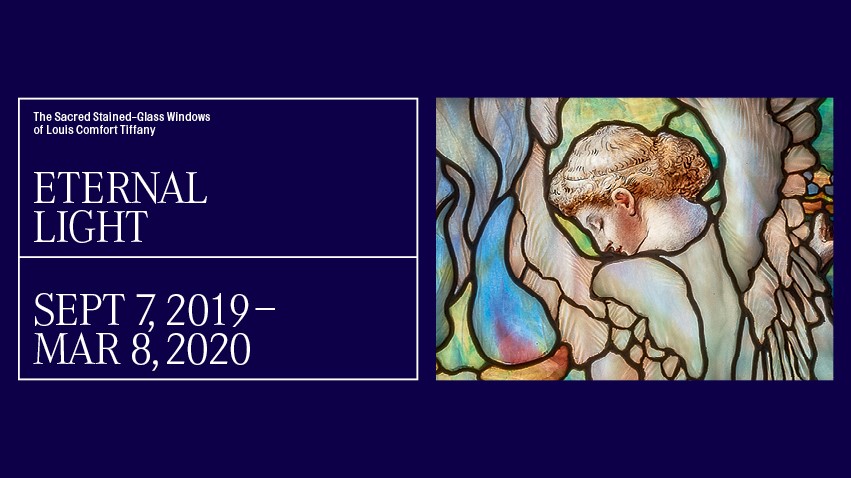
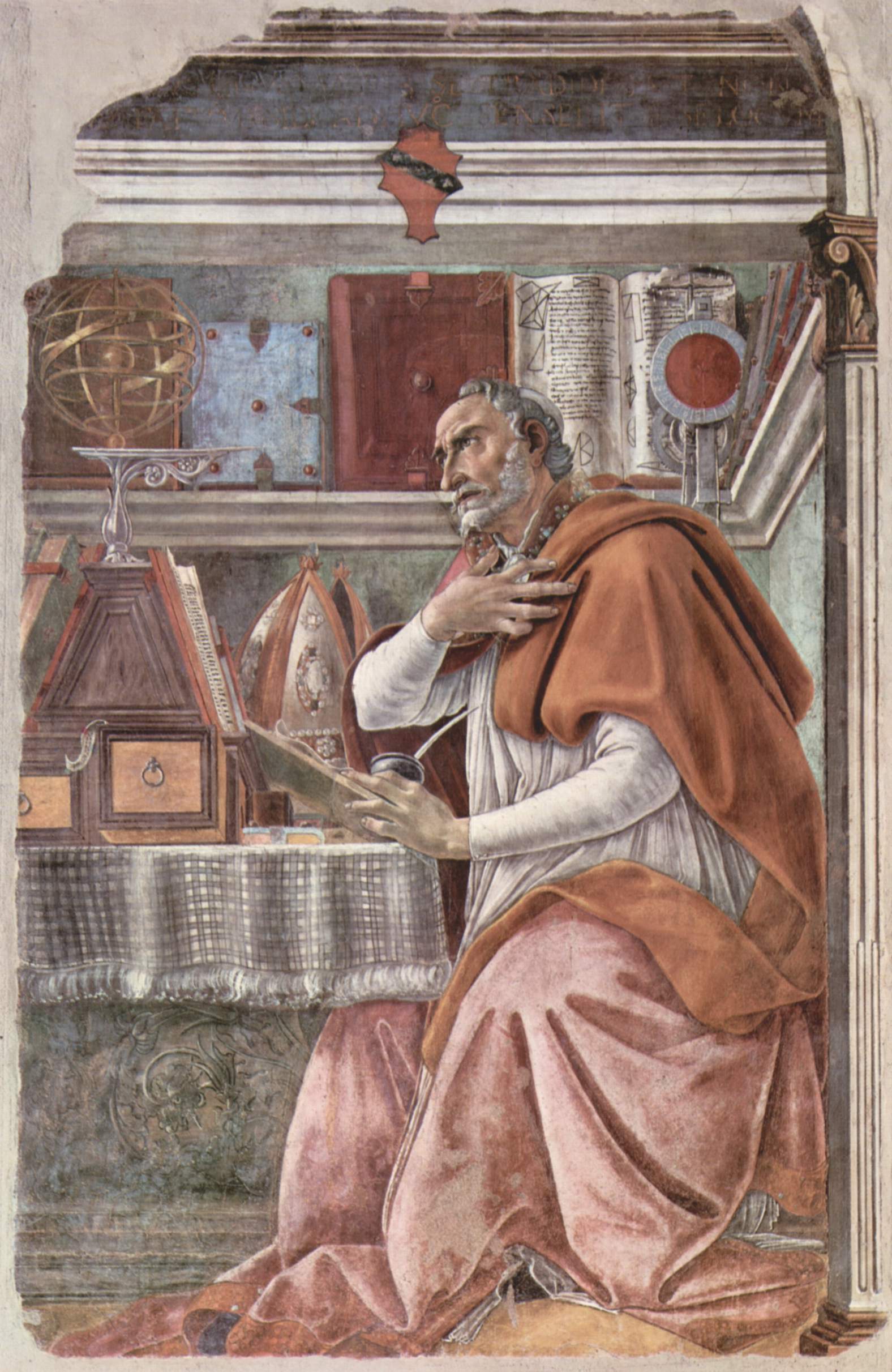
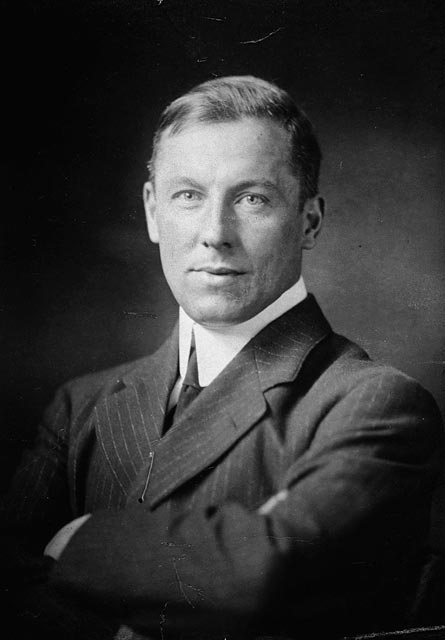
 During a discussion among medievalists on prayer, I mentioned the ember days in the Church’s liturgy. Middle-aged participants asked: “What are ember days?”
During a discussion among medievalists on prayer, I mentioned the ember days in the Church’s liturgy. Middle-aged participants asked: “What are ember days?”